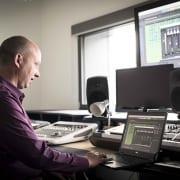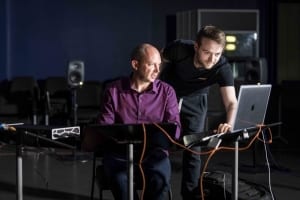Access premium business intelligence reports with the Market Research Centre
The main ways client companies can utilise the Enterprise Ireland Market Research Centre
If you are interested in entering a new market or diversifying into a new sector, Enterprise Ireland’s Market Research Centre can help. Read how you can best use this Enterprise Ireland support.
Conducting market research can help to reduce business risks and assist your company to map out its journey to growing exports. To support client companies, Enterprise Ireland has invested in access to premium business intelligence databases in Market Research Centres in Dublin and eight regional hubs.
But how can you best access the Market Research Centre? Follow these five steps to make the most of your time there.
-
Create your research objective
First, consider what the information you need will be used for and in what type of resource it is likely to be found. Resources provided by the Market Research Centre include:
- Market reports
- Country reports
- Industry and sector reports
- Company listings for lead generation
- Trend forecasts
- Journal articles
All of this information and research is provided by respected publishers and can only be accessed by clients within the Market Research Centre. The Centre’s information specialists work with a range of providers to ensure your company has access to the most up-to-date knowledge available. Once your research objectives are clear, then you are ready to take the next step.
-
Explore the databases online
Get a sense of the databases you would most like to access at the Market Research Centre online before you make an appointment. You can even search for specific report titles here. By preparing in advance, and checking in with the Market Research Centre before your visit, you can ensure that relevant material is available when you need it and that your time is spent efficiently.
-
Book an appointment
Contact the Market Research Centre to discuss your research request and to arrange a visit to the main centre in Dublin or to any of the eight regional office hubs. Currently there are facilities in the following Enterprise Ireland regional offices: Athlone, Cork, Dundalk, Galway, Shannon, Sligo, Tralee and Waterford.
To book your appointment, contact:
Phone: (01) 727 2324
Email: market.research@enterprise-ireland.com
Opening Hours: Monday-Friday, 9am-5pm.
-
Stay up-to-date and social
The Market Research Centre blog is the best place to find the latest information about resources. This includes the most recent reports available to Enterprise Ireland clients, arranged into categories that are easy to search. From country-specific reports to individual sector research and Brexit-focused news, visiting the blog regularly will give you a sense of the breadth and depth of research and information available to consult during your visit.
You can also follow the Market Research Centre on Twitter to stay up-to-date with its latest news.
-
Get guidance from information specialists
One big advantage of using the Market Research Centre is that you’re no longer alone. The Centre’s knowledgeable information specialists are readily available to guide you towards the most relevant reports and databases for your needs. The Market Research Centre’s information specialists can also help you to determine which reports are most relevant to your needs, or assist you with developing a plan of action on which sector or country you should start researching.
Conducting the right market research is vital for businesses to maintain their competitive edge and enjoy successful export growth. With Brexit a reminder of the importance of diversifying and discovering exciting new export opportunities, get the right support from Enterprise Ireland’s Market Research Centre.


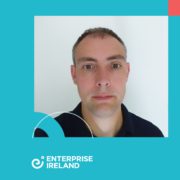
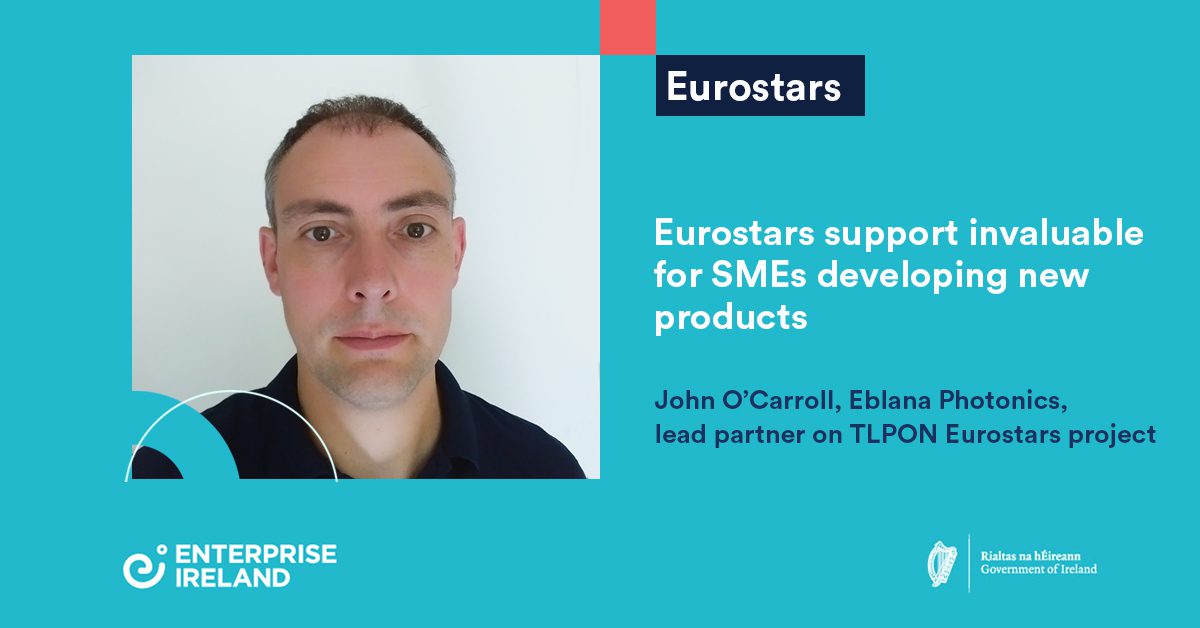


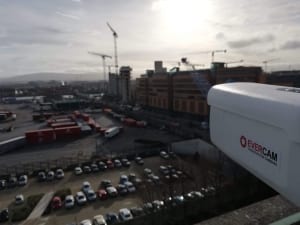
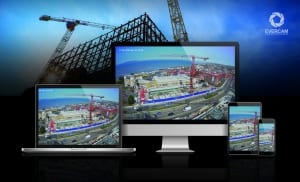
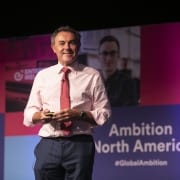



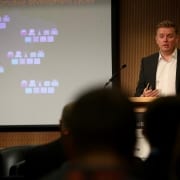
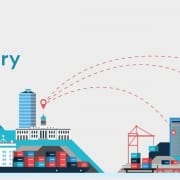
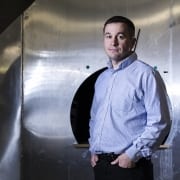
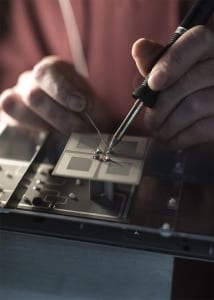
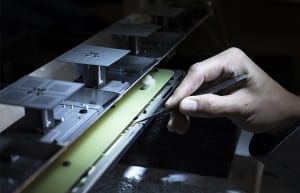
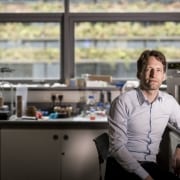

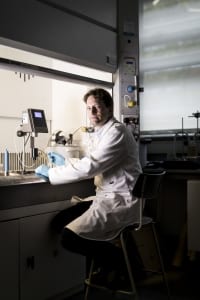 With strong indications that there was a market for the sensors, particularly in the meat industry, the next step was to do a proof of concept study. In 2013, Evans secured
With strong indications that there was a market for the sensors, particularly in the meat industry, the next step was to do a proof of concept study. In 2013, Evans secured  Evans admits that the pathway to commercialisation wasn’t straightforward.
Evans admits that the pathway to commercialisation wasn’t straightforward. Having taken the early stage research to successful industrial scale production, Comby is well placed to direct the future development of the technology. And he feels he has acquired new skills along the way.
Having taken the early stage research to successful industrial scale production, Comby is well placed to direct the future development of the technology. And he feels he has acquired new skills along the way.
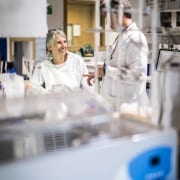
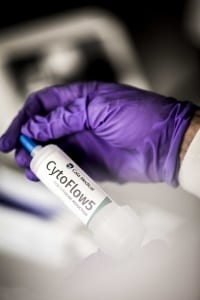
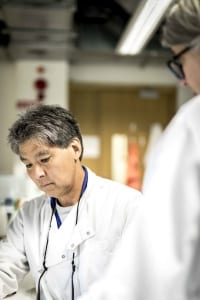 by the Commercialisation Specialist who facilitated introductions and enabled access to Enterprise Ireland’s library of specialist reports.
by the Commercialisation Specialist who facilitated introductions and enabled access to Enterprise Ireland’s library of specialist reports.